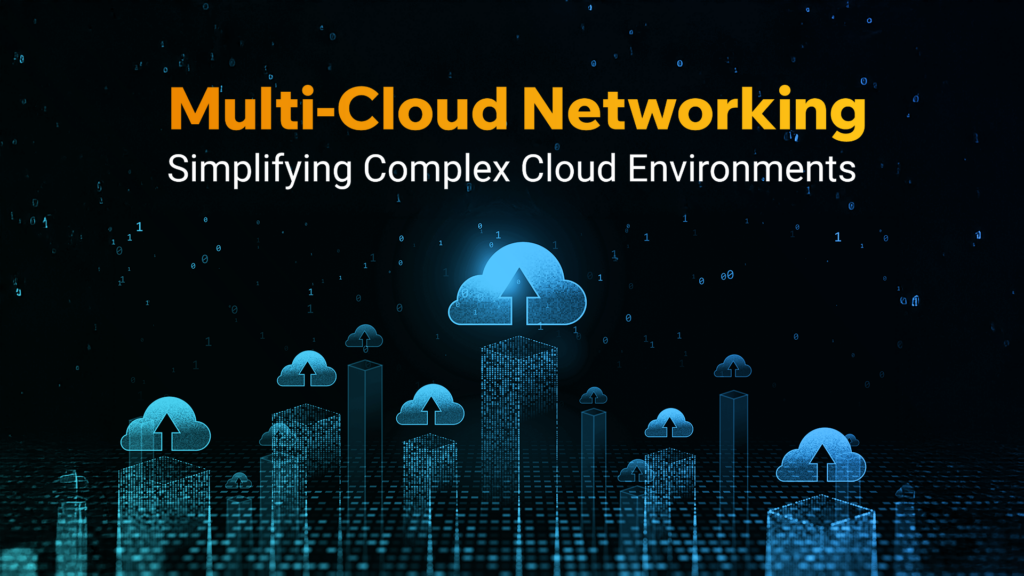
What is Multi-Cloud Networking?
Multi-cloud networking refers to the practice of connecting and managing workloads across multiple cloud platforms such as AWS, Microsoft Azure, Google Cloud, and others. This approach allows organizations to utilize the unique strengths of each provider while avoiding vendor lock-in.
Differences Between Multi-Cloud and Hybrid Cloud
While multi-cloud involves multiple public or private clouds, hybrid cloud integrates on-premises infrastructure with cloud platforms. Hybrid cloud emphasizes local control and compliance, whereas multi-cloud focuses on cloud-native flexibility.
Core Components of Multi-Cloud Networking
- Cloud Interconnects: Solutions like AWS Direct Connect and Azure ExpressRoute provide direct, high-speed connections.
- Load Balancers: Ensures traffic distribution for high availability.
- SD-WAN: Software-defined networking simplifies cross-cloud connectivity.
Key Benefits of Multi-Cloud Networking
Scalability and Performance
By utilizing multiple cloud environments, businesses can scale resources dynamically to handle fluctuating workloads.
Cost Optimization
Multi-cloud networking lets you optimize costs by selecting the most cost-effective resources from various providers.
Enhanced Reliability
Downtime in one cloud provider won’t derail operations when workloads are distributed across multiple platforms.
Compliance and Governance
Multi-cloud strategies help organizations adhere to region-specific regulations by hosting data and services where required.
Challenges in Multi-Cloud Networking
Complexity in Management
Managing various platforms with distinct tools, APIs, and configurations requires robust orchestration.
Security Risks and Concerns
Data breaches and misconfigurations are heightened in multi-cloud setups.
Network Latency
Cross-cloud data transfers may suffer from latency if networks are not optimized.
Designing a Multi-Cloud Networking Strategy
Identifying Business Needs
Before adopting multi-cloud, assess your workload requirements, including performance, compliance, and scaling needs.
Selecting the Right Tools and Platforms
Choose tools like Terraform or Cisco’s Multi-Domain Framework for seamless orchestration.
Building a Secure Architecture
Design with redundancy and security, using firewalls, encryption, and secure VPNs.
Best Practices for Multi-Cloud Networking
Standardizing Configurations
Implement consistent policies across cloud platforms to reduce errors.
Monitoring and Observability
Use tools like Datadog or Grafana for real-time network insights.
Enforcing Robust Security
Adopt a proactive security stance, including regular audits and adherence to Zero Trust principles.
Multi-Cloud Networking Security Practices
Zero Trust Security Model
Never trust, always verify. Authenticate every user, device, and application.
Data Encryption and Compliance
Encrypt data in transit and at rest while adhering to GDPR, HIPAA, or other relevant frameworks.
Secure Connectivity
Use VPNs, dedicated interconnects, or SD-WAN to protect data traffic across clouds.
Future of Multi-Cloud Networking
Trends Shaping the Industry
- Increased adoption of container orchestration platforms.
- Shift toward edge computing integrated with multi-cloud strategies.
AI-Driven Network Management
AI tools predict traffic trends, optimize bandwidth, and enhance cybersecurity.



